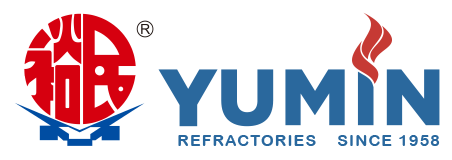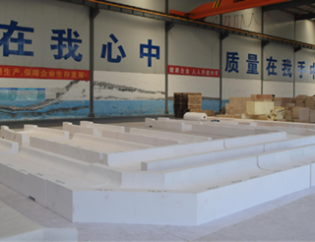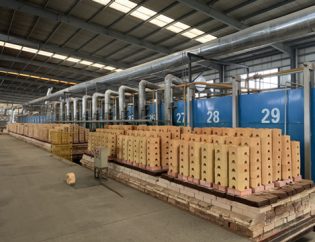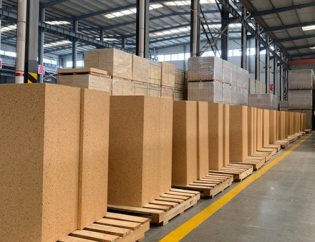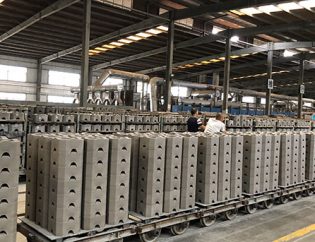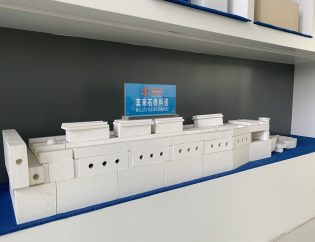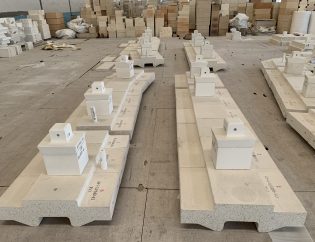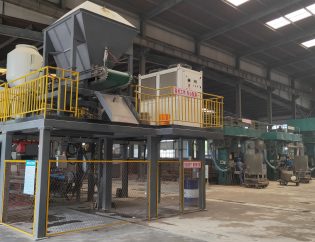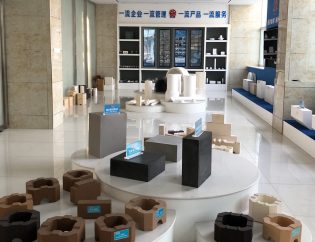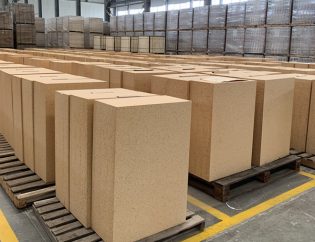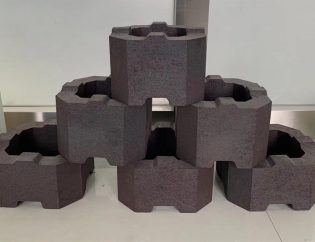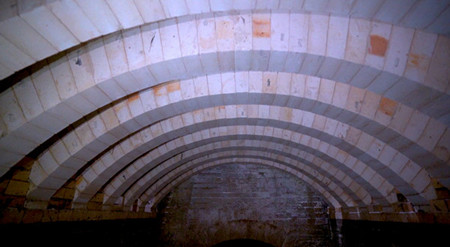
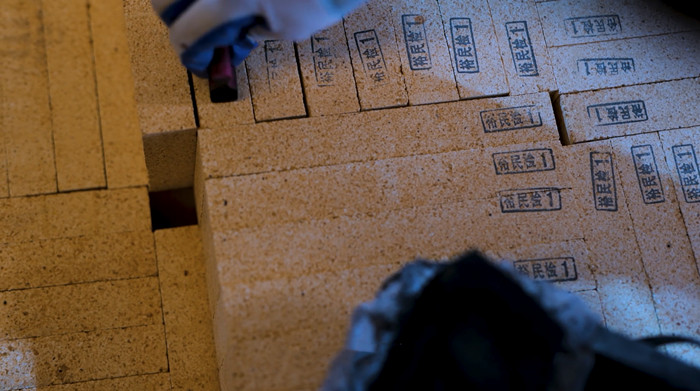
Before selecting the refractory materials, there are several factors that need to be considered:
1, The service life of the furnace
2, The requirement for the glass quality
3, The production capacity
4, Insulating situation, to save energy which areas need insulation measures
5, The budget
When selecting refractory materials, it is important to meet the use requirements with a limited budget
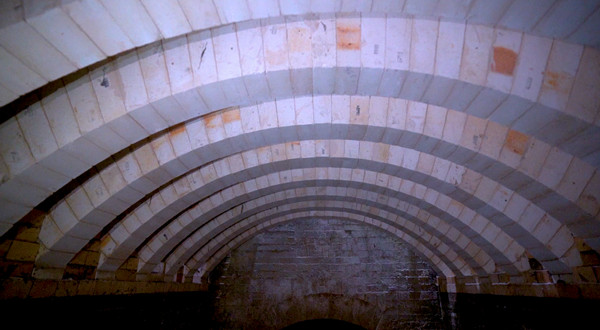
The refractory material should meet the use requirement
The refractory materials used for the construction of glass melting furnaces should meet the following basic requirements:
1, The refractoriness should be over 1580℃
2, Should have sufficient mechanical strength to resist impact, friction, high-temperature and high-speed flame, smoke, and dust, and other mechanical effects
3, Should have excellent high-temperature structure and can withstand mechanical load for a long time at operating temperature
4, Should have strong resistance to the corrosion of the molten compound, molten glass, and gaseous substances
5, Little pollution to the liquid glass
6, Should have excellent thermal shock resistance
7, Good high-temperature volume stability, and small residual shrinkage or expansion
8, Thermal properties such as heat capacity, thermal expansion, and heat conduction should meet the use requirement
9, Regular appearance and accurate dimensions are also very important
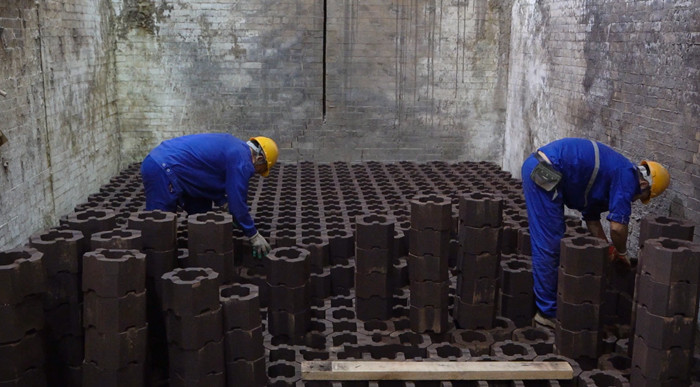
Fully consider furnace’s economy
We need to proceed from reality when selecting refractory materials, and fully study and evaluate the service life of refractory materials in all areas of the entire furnace, and achieve greater economic results with less investment. Fully guarantee the economy of the glass furnace and balance the entire furnace life.
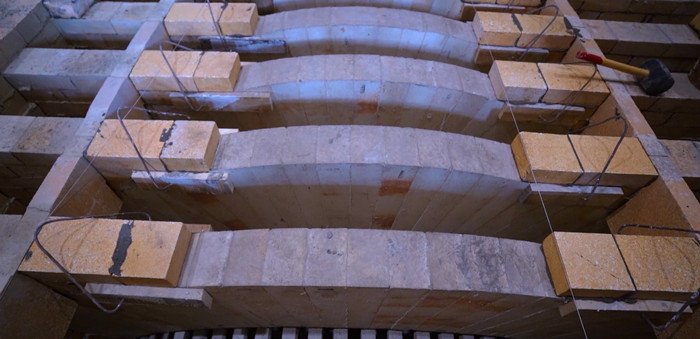
Should convenient to the manufacturing
When choosing refractory materials, both use and manufacturing must be taken into consideration. Refractory brick type and size standardization are conducive to the development of refractory production, facilitate the design and finalization of glass tank furnaces, and facilitate construction and maintenance. The cost of S&P-type bricks is usually 30%-50% less than that of special-shaped bricks. Therefore, the glass tank kiln should give priority to the use of standardized refractory bricks.
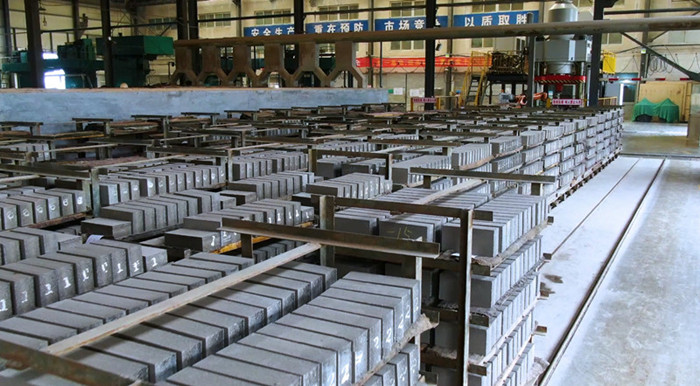
In the glass industry, the quality of refractory materials has great significance for improving the quality of glass products, saving energy, inspecting the life of the furnace, and reducing the cost of glass production. Refractory materials are the basic materials of glass furnaces, which have a great impact on the overall benefits of the furnace, so the materials must be selected reasonably. The working conditions of each part of the tank kiln are different, and the properties of refractory materials are required to be different. The basic requirements for refractory materials used in glass melting furnaces are rough as follows: they must have sufficient application performance, such as high-temperature performance, chemical stability, rapid thermal stability, volume stability, and mechanical strength. They must have high refractoriness. There is no pollution or minimal pollution to the molten glass, and the service life could be extended as much as possible. There is no contact reaction between refractory materials of different materials that are laid together at high temperatures. The shape and size must be accurate, and the amount and heat dissipation loss is as little as possible, and the vulnerable parts should use high-grade materials and the rest of the areas use normal grade materials to save cost.
